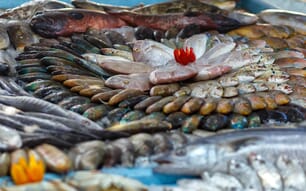The minimum landing size of scallops will be increased from 100 mm to 105 mm for most of the Scottish coast. This is expected to help protect the breeding stock of scallops and lead to an increase in yield and egg production.
As well as an increase in the minimum landing size in most areas restrictions will be placed on the number of dredges that scallop vessels are allowed to tow in inshore waters. The standard restriction will restrict vessels to eight dredges per side in inshore waters, helping to limit the effort of scallop vessels in this zone.
There will be no change to the current restrictions outside 12 nautical miles.
Fisheries Secretary Richard Lochhead said: “The scallop sector is very important to many of our local communities and these management measures coming into force will help secure the long-term sustainability of the stock.
“Scottish vessels landed £32 million worth of king scallops in 2013 and helped to sustain jobs in some of our most rural communities both directly on fishing vessels and related industries like processing.
“However, there are concerns around the long-term health of the fishery, and stock assessments show that in some areas around the coast management needs to be enhanced to help conserve the stock.
“These management measures build on those introduced last year to help control scallop effort, where the entitlement to fish for scallops was suspended from those vessels that hadn’t targeted the fishery in recent years, and the ability of vessels to increase their power was restricted.”
These new measures are due to take effect in the spring of 2016 and will be kept under review to ensure the long-term sustainability of the fishery.


